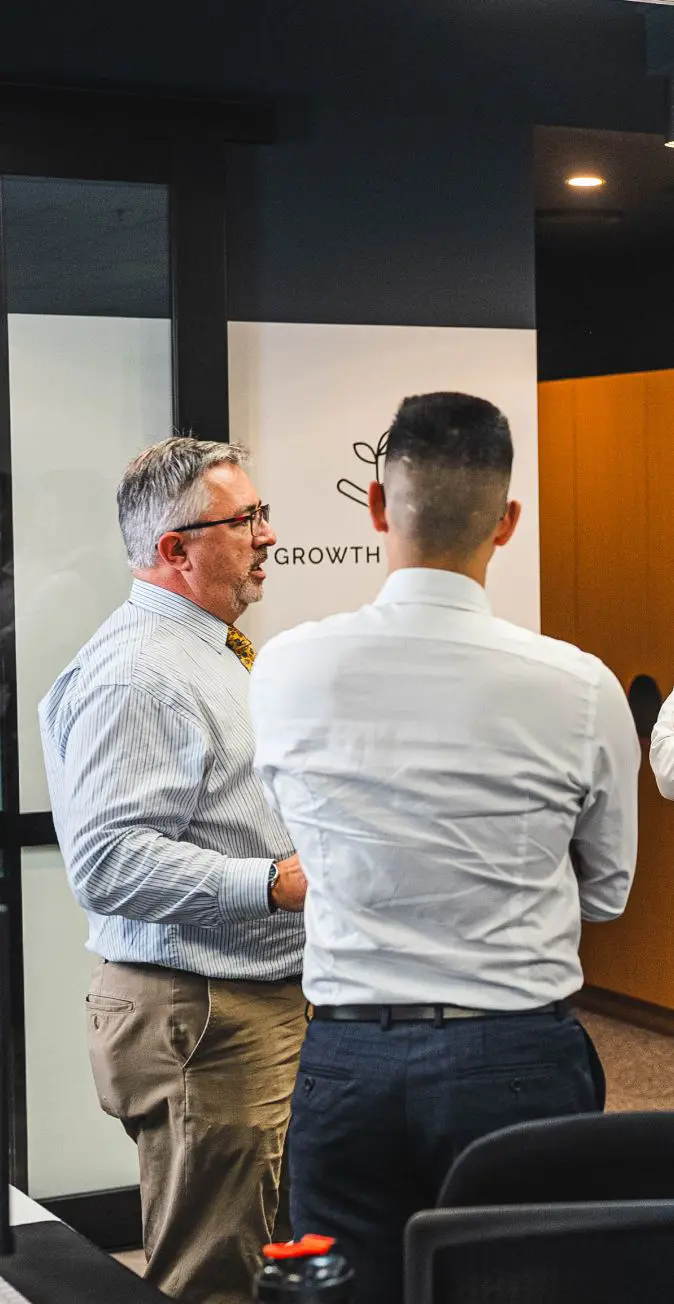
Slip and Fall Accident Lawyers, Brisbane QLD
Legal Assistance for Slip and Fall Accident Claims
Slip and fall accidents are the most common type of public liability claim. The consequences of these accidents can range from minor soft tissue injuries to severe, life-threatening and permanent disability injuries. In Queensland, there are legislated claim processes and requirements for bringing this type of claim, including time limits for making a claim. There are also differing duties and obligations on a respondent, depending on whether it is a private entity or a public authority. If you have been injured in a slip-and-fall accident on public or private property, it is recommended that you seek assistance from a compensation lawyer with experience in these types of incidents.
What Are the Most Common Slip and Fall Injuries?
Understanding Common Slip and Fall Accidents
Wet or Slippery Floors
This type of slip-and-fall accident occurs when a floor is wet or slippery due to spilled foods, liquids, rain, or any other type of liquid or non-solid substance that may slide across the floor surface if stepped on. A claim for injury in these circumstances will often involve evidence gathering as to the cleaning history/ records of the owner/ occupier or contracted cleaning service and the obtaining of an expert engineer report measuring the slip co-efficient for the area when covered with the contaminant.
Uneven or Defective Flooring and Surfaces
Poorly Lit Areas
Poor lighting in a property can also lead to fall accidents, especially in dark or dimly lit areas where a pedestrian cannot properly see where it is safe to walk. A claim for injury in those circumstances often involves the commissioning of expert evidence reports identifying any defect in construction, provision or maintenance of the lighting in the area and non-compliance with any applicable building code.
Objects on the Floor
Objects on the floor, such as clutter, boxes, or electrical cords, can cause fall accidents. A claim for injury in these circumstances may involve obtaining witness statements as to how long the objects were present, whose responsibility it was for keeping the area clear and free from obstruction and work, health and safety considerations where the injury is sustained at business premises.
Stairs
Stairs can also be a source of slip-and-fall accidents, particularly if they are poorly lit, have broken steps, or are slippery. A claim for injury in those circumstances often involves the commissioning of expert evidence reports identifying any defect in construction, provision or maintenance of the lighting in the area and non-compliance with any applicable building code.
How to File a Slip and Fall Claim
How a Slip and Fall Injury Lawyer Can Help
A slip and fall accident claim can be complex and requires careful attention to legal details. To ensure that you are adequately compensated for your injuries and losses, there are specific steps that need to be followed. These steps will help you build a strong case and demonstrate the accountability of the property owner, whether that is a private entity or a public authority. In Queensland there are legislated requirements and processes for making a claim and a limitation period (three years from date of accident) within which to lodge a claim and comply with the requirements to preserve your legal rights. Below, we outline some of the critical actions to take following a slip and fall incident to safeguard your rights and optimise your potential compensation.
1. Establish Breach of Duty of Care/ Negligence
Confirm that the property owner, such as a store owner, landlord or public authority owed the pedestrian an identifiable duty of care, that the breach of that duty resulted in the slip and fall and that the injury sustained by the pedestrian was a reasonable and foreseeable consequence of that breach of duty.
2. Collect Evidence
Gather photographs of the accident site, locate and secure any available CCTV of the accident, contact details and statements from witnesses, any cleaning or inspection records for the location, and your medical records to support your claim.
3. Report the Incident
Notify the property owner about the accident immediately or as soon as possible after the accident.
4. Consider getting Legal Assistance Promptly/ at an early stage
Engaging a compensation lawyer is recommended in order to successfully navigate the legislated requirements of pre- litigation and litigation processes and securing appropriate compensation.
5. Understand Claim Types
Claims for injury on private property (whether a home, a shopping centre or other business premises) and public property (public footpath or park) can involve substantially different evidentiary requirements and legal principles.
Related FAQs
Where are slip and fall accidents most likely to occur in homes?
Slip-and-fall accidents can occur anywhere in homes. Bathrooms, kitchens, and other areas prone to spills or, where water may accumulate on the floor poses a serious risk. So do children’s bedrooms and playrooms where toys and items may cover the floor and pose a slip hazard. It is a condition of most residential mortgages that the property owner maintain an insurance policy over the property; and many of those insurance policies incorporate public liability insurance – which provide cover for these claims.
Can slip and fall accidents happen in commercial properties?
Slip and fall accidents are common in commercial properties such as retail stores, offices, restaurants, and bars. These incidents can occur due to wet floors, uneven surfaces, or poor maintenance of the premises. Most commercial businesses which invite the public onto their premises hold public liability insurance which cover claims for pedestrian slip and fall accidents.
Are public places also common for slip and fall accidents?
Absolutely. Public places like parks, sidewalks, and car parks are frequent sites for slip-and-fall accidents. Uneven pavement, potholes, ice, leaked vehicle fluid or oil or unmarked hazards can cause these accidents.
How dangerous are construction sites for slip and fall accidents?
Pedestrian access through or around construction sites are particularly hazardous due to obstacles, uneven ground, and ongoing construction activities. Proper safety measures are crucial to prevent these accidents.


